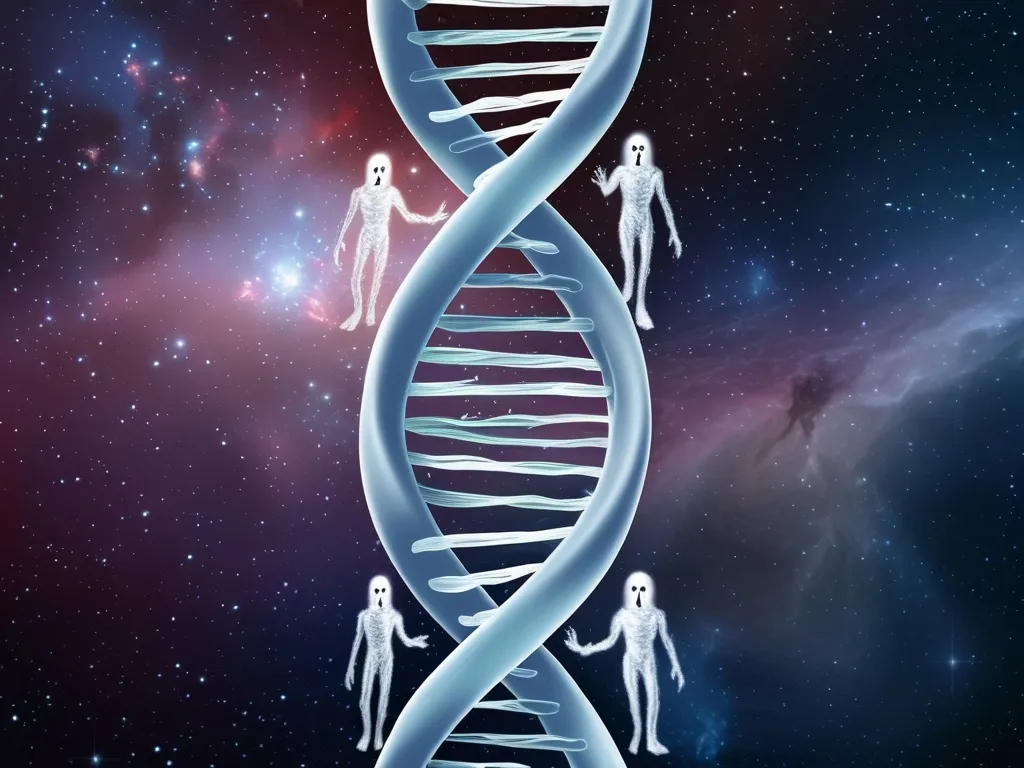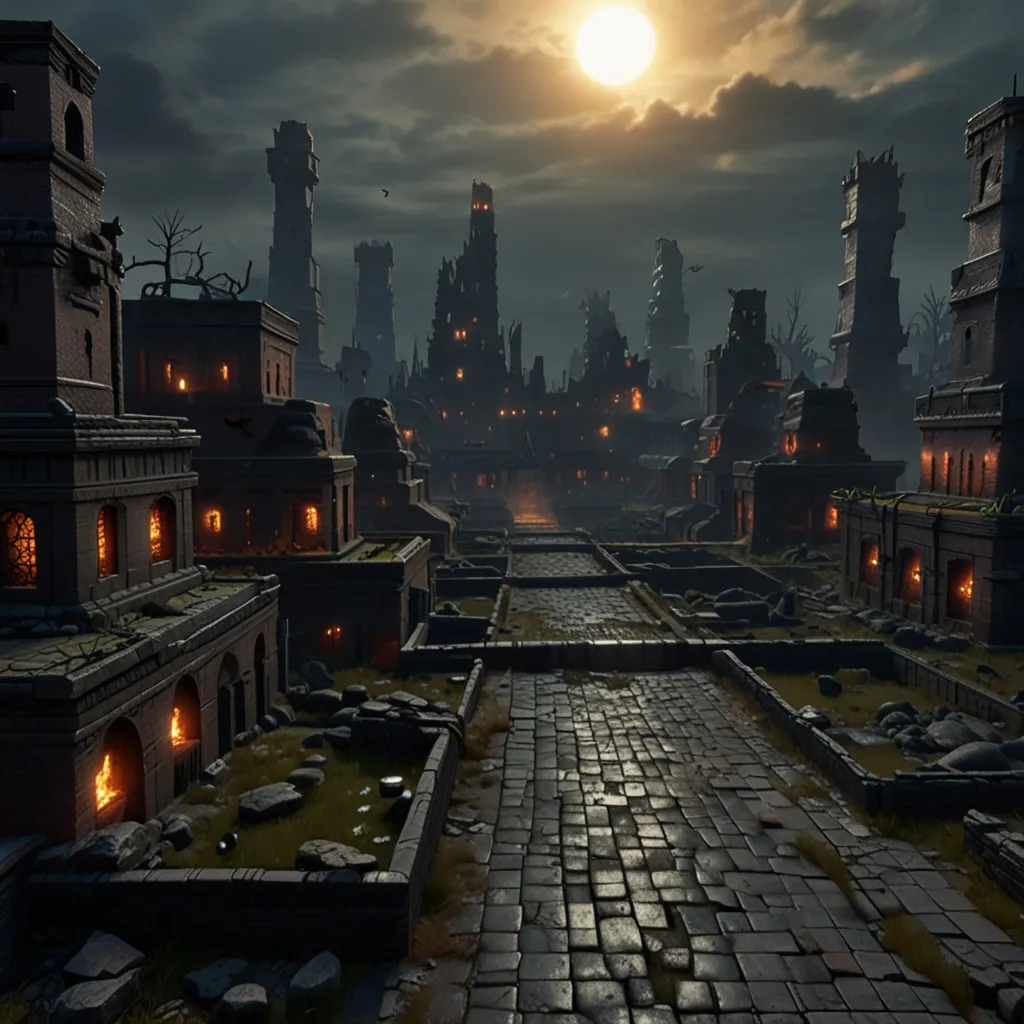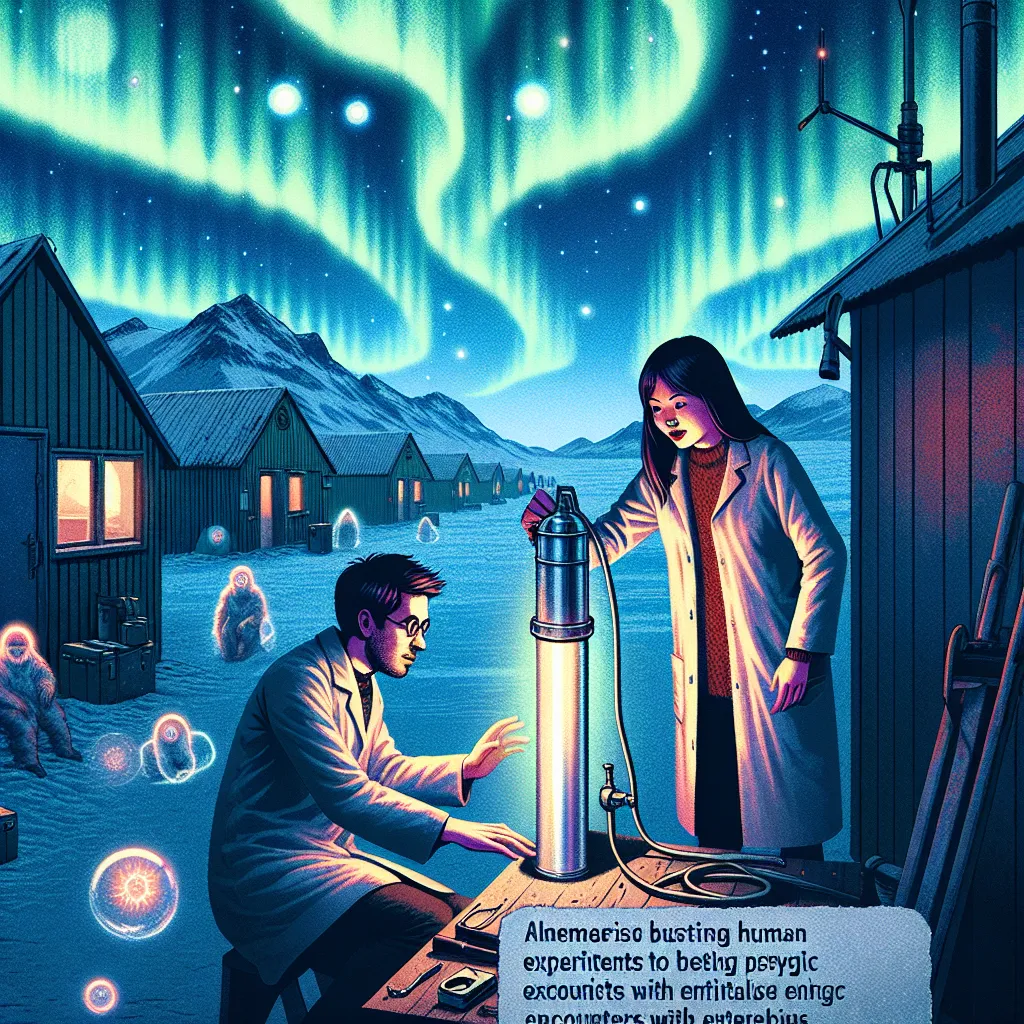As we delve into the intricate tapestry of our genetic blueprint, it becomes increasingly clear that the human genome is far more enigmatic than we ever imagined. What was once thought to be a comprehensive map of our genetic makeup has revealed itself to be a complex puzzle with many missing pieces. This journey into the heart of our DNA is not just about science; it’s also about the mysteries and conspiracies that surround it.
The Discovery of Ghosts in Our Genes
When geneticists first began sequencing ancient genomes, they uncovered a surprising twist: our ancestors were not as isolated as we thought. The breakthrough that revealed Neanderthals and Denisovans had interbred with modern humans opened a new window into our past. However, this was just the beginning. Further research has shown that our genomes contain DNA from other, unknown ancient human populations – what scientists call “ghosts.”
These ghost species are intriguing because they leave no physical trace – no bones, no tools, no archaeological remains. Yet, their genetic legacy lives on within us. For instance, studies on modern Africans have found DNA segments that do not match any known human or Neanderthal lineage. These segments suggest that there was another ancient human population in Africa, one that split off from the modern human lineage around 700,000 years ago, much like the Neanderthals did. This discovery paints a more complex picture of human evolution, one where multiple ancient human species interacted and interbred.
The Mystery of Denisovans
The Denisovans, discovered through a tiny finger bone from Siberia, are another enigmatic piece of our genetic puzzle. People living in Oceania and parts of Asia today carry about 5% of their DNA from Denisovans. However, deeper analysis has revealed that there are actually two distinct Denisovan populations, each with its own genetic signature. This unexpected finding highlights the diversity and complexity of ancient human interactions.
The Dark Genome: More Than Just Junk DNA
For a long time, the majority of our DNA was dismissed as “junk” because it did not code for proteins. However, recent research has shown that this so-called “dark genome” is far from useless. It contains repetitive sequences like transposons, which are not just genetic debris but play crucial roles in regulating gene expression.
One fascinating example is the TAF1 gene, associated with a rare form of Parkinsonism found only in people of Filipino descent. Here, a transposon within the gene disrupts its function, leading to the disease. This illustrates how non-coding DNA can have significant effects on our health and well-being.
Environmental Influences and Epigenetics
Our genes are not isolated from the world around us. Epigenetics, the study of how environmental factors influence gene expression, has shown that our DNA can be affected by events that occurred generations ago. For instance, studies on Swedish families have found that grandsons of men who experienced famine were more likely to have health issues, even though they themselves never experienced famine. This suggests that environmental exposures can leave a genetic imprint that is passed down through generations.
The Conspiracy Angle: Ancient Extraterrestrial Tinkering?
While the scientific community is cautious about speculating on unproven theories, some conspiracy theorists suggest that our DNA might hold evidence of ancient extraterrestrial intervention. The idea is that advanced beings could have manipulated our genetic code, imparting extraordinary abilities or knowledge. However, there is no credible scientific evidence to support these claims.
Uncovering the Clandestine Chapter in Human Evolution
The real intrigue lies not in speculative theories but in the actual scientific discoveries that are rewriting our understanding of human evolution. For example, the presence of multiple ghost species and the complex interactions between different ancient human populations suggest that our evolutionary history is far more nuanced than previously thought.
The Human Genome Project and Beyond
The Human Genome Project, completed in 2003, was a monumental achievement that mapped the entire human genome. However, it also raised more questions than it answered. The project revealed that only about 2% of our DNA codes for proteins, leaving the remainder as a mystery. Since then, researchers have been working tirelessly to understand the role of this non-coding DNA.
Rare Diseases and Genetic Puzzles
Rare diseases have provided another window into the complexities of the human genome. Conditions like Duchenne muscular dystrophy and cystic fibrosis have been linked to specific genetic mutations. However, many rare diseases remain unexplained, highlighting the vast amount of genetic territory that is still uncharted.
The Future of Genetic Research
As we continue to explore the human genome, we are likely to uncover more secrets and surprises. Advances in sequencing technologies and analytical methods are allowing us to delve deeper into the genetic code than ever before. For instance, the discovery of new genetic variants associated with common diseases is helping us understand the intricate balance between genetics and environment.
Personal Reflections on the Genetic Journey
As I reflect on this journey into the heart of our DNA, I am struck by the humility and awe that come with exploring the unknown. Our genes are not just a blueprint for our physical traits; they are a testament to the complex, often mysterious, history of our species. Each new discovery is a reminder that there is still so much to learn and that the human genome is a treasure trove of secrets waiting to be unraveled.
Conclusion
The human genome is a labyrinth of mysteries and wonders, full of hidden passages and unexplored territories. While conspiracy theories may capture our imagination, it is the scientific discoveries that truly reveal the magic and complexity of our genetic blueprint. As we continue to explore and understand our DNA, we are not just uncovering the secrets of our past; we are also paving the way for a healthier, more enlightened future. The journey into the phantom human genome is an ongoing adventure, one that promises to reveal more about who we are and where we come from with each new discovery.






